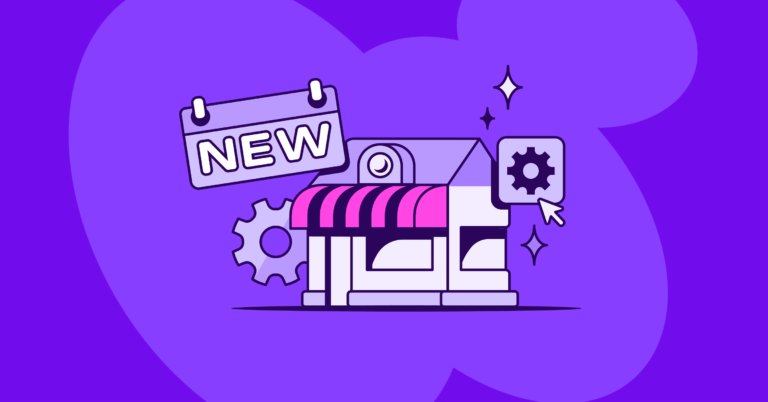WooCommerce has recently rolled out some exciting updates to enhance the overall checkout experience, increase conversions, and provide more flexibility for online store owners. With a focus on customization, convenience, and user-friendly features, these updates aim to make your ecommerce journey smoother and more successful.
One of the standout features is the new Checkout block, which allows you to customize the layout, flow, and design of your checkout process without the need for any coding. This visual builder enables you to create a seamless and branded checkout experience that resonates with your customers. With options to streamline local pickup, simplify account creation, and offer mobile-friendly templates, the Checkout block is designed to convert more customers and reduce cart abandonment.
In addition to the Checkout block, WooCommerce has also introduced WooPay, a one-click checkout solution that stores payment and shipping details for returning customers. This feature eliminates the need for repeated form filling, reduces friction, and ultimately leads to higher conversion rates. With WooPay, customers can enjoy a faster checkout experience across all WooPay-enabled stores, without the hassle of logging in or filling out forms.
Furthermore, WooCommerce now offers support for additional payment methods such as Alipay, GrabPay, Multibanco, and WeChat Pay, making it easier for international customers to make purchases on your store. These built-in payment options can help you expand your global reach and increase sales without the need for extra extensions or plugins.
In terms of product management and promotions, WooCommerce has added new features like Cost of Goods Sold, product collections, sorting options, and brand management tools to help you showcase and sell your products more effectively. These enhancements enable you to create targeted promotions, improve product visibility, and enhance the overall shopping experience for your customers.
Moreover, WooCommerce is continuously working on optimizing mobile performance, introducing skeleton loaders for faster loading times, and implementing autocomplete features for address fields. These updates aim to improve user experience, reduce wait times, and simplify the checkout process for shoppers on both desktop and mobile devices.
Overall, these recent updates from WooCommerce focus on empowering online store owners to customize their checkout process, increase conversions, and provide a seamless shopping experience for their customers. With a range of new features and enhancements, WooCommerce continues to be a leading ecommerce platform for businesses looking to grow and succeed in the digital marketplace.

